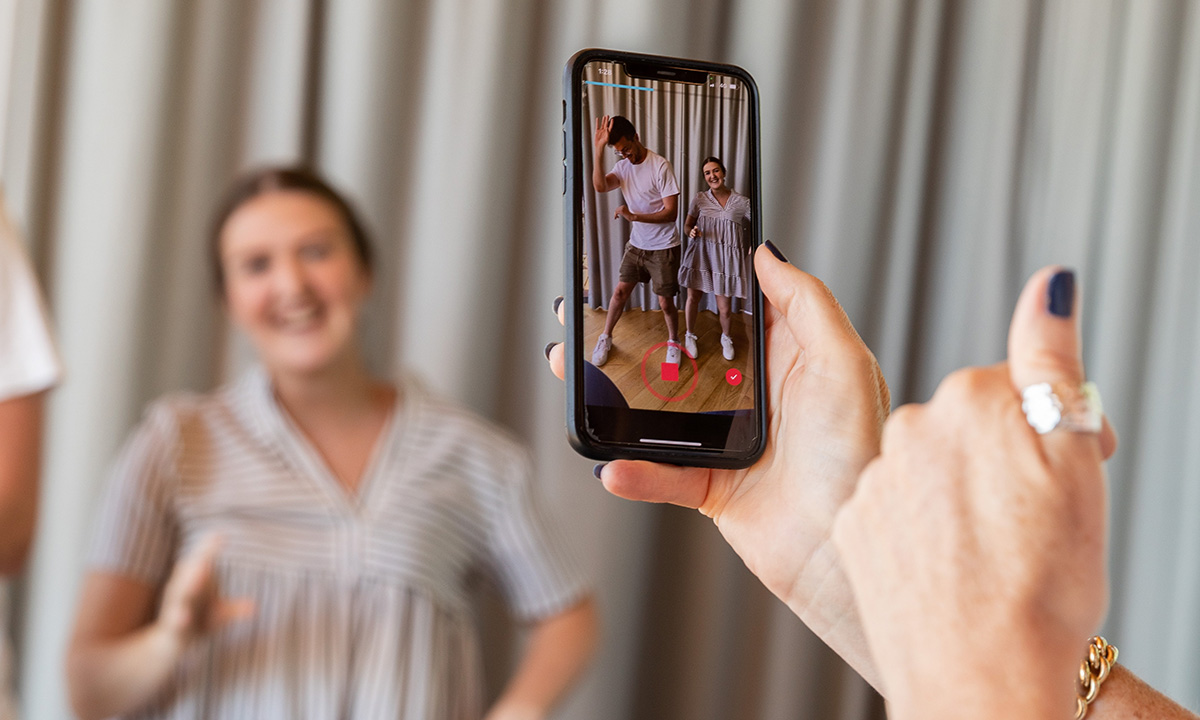Does your teen have a cell phone? Chances are, if they do they are familiar with TikTok, an app that is often in the headlines and not always for good reasons. As a parent, you might be wondering how much you should you be monitoring you child's usage and account. The Parent's Guide to Tiktok from ConnectSafely addresses parent's top questions, such as "should my child's account be private" and "is it appropriate for children?" Read on to learn more and be equipped to monitor your child and open the conversation about the content they see on the app.
TikTok is an entertainment platform that lets people create and share short videos. People love using the platform’s tools, filters, and special effects to combine video, music, and graphics into funny sketches, informational videos, and creative shorts. The app’s users often emphasize quirkiness and novelty, and in that respect, TikTok is helping expand the creative frontier of the internet.
Getting started
Although you can view TikTok videos at TikTok.com, downloading the mobile app is the best way to learn about the service. New users create an account using their phone number or email, or their Apple, Facebook, Google, Instagram, or Twitter accounts.
New users enter their birthdate when they sign up. Kids under 13 are placed in TikTok for Younger Users, a limited viewing experience with strict privacy and safety protections. Users 13 to 15 years old get a private account by default, though they can change it to public at any time.
TikTok and other digital platforms provide special features and protections for younger users that are updated and improved all the time so it’s important for young people to enter their correct birth year when signing up. TikTok, for example, restricts teens ages 13 to 15 from receiving push notifications after 9 p.m. to encourage healthy sleep. Also, accounts ages 13 to 15 are set to private by default, and they cannot send or receive direct messages. Features like suggesting your account to others or video downloads are off by default for 16 and 17 years olds. Again, these safeguards only work if the account holder’s birth year is correct.
Understanding TikTok feeds
After signing in, the first feed you’ll see is the “For You” feed, with videos recommended by TikTok. As you watch, linger on, and “heart” (similar to “like” on other platforms) videos, and follow accounts, TikTok’s algorithm recommends what videos and accounts may interest you. The search icon at the top right of the Home tab lets you search for videos, other creators, sounds, hashtags, and effects.
The other feed is “Following.” Accounts you follow appear here. Follower relationships are not mutual by nature, meaning you can follow someone without them following you back and vice versa. This is different from some other apps with a “friend” model where the two people agree to share content.
When you view a TikTok video, a series of icons appear on the right section of the screen.
- The top circle icon takes you to the profile of the video’s creator.
- The Heart icon lets you like the video.
- A Comments icon lets you view and post comments on the video.
- The Send/Share icon (an arrow) lets you share the video to other platforms, such as Instagram, Facebook, and Snapchat, or share via text message or email. You can also report the video here or select “not interested” if you’d rather not see similar videos in your feed.
Some people use TikTok primarily to watch videos, while others both watch and create. As you’ll see in the next section, creating and sharing videos is easier than you might think, and there are ways to limit who can see your videos.
Photo by S O C I A L . C U T on Unsplash
